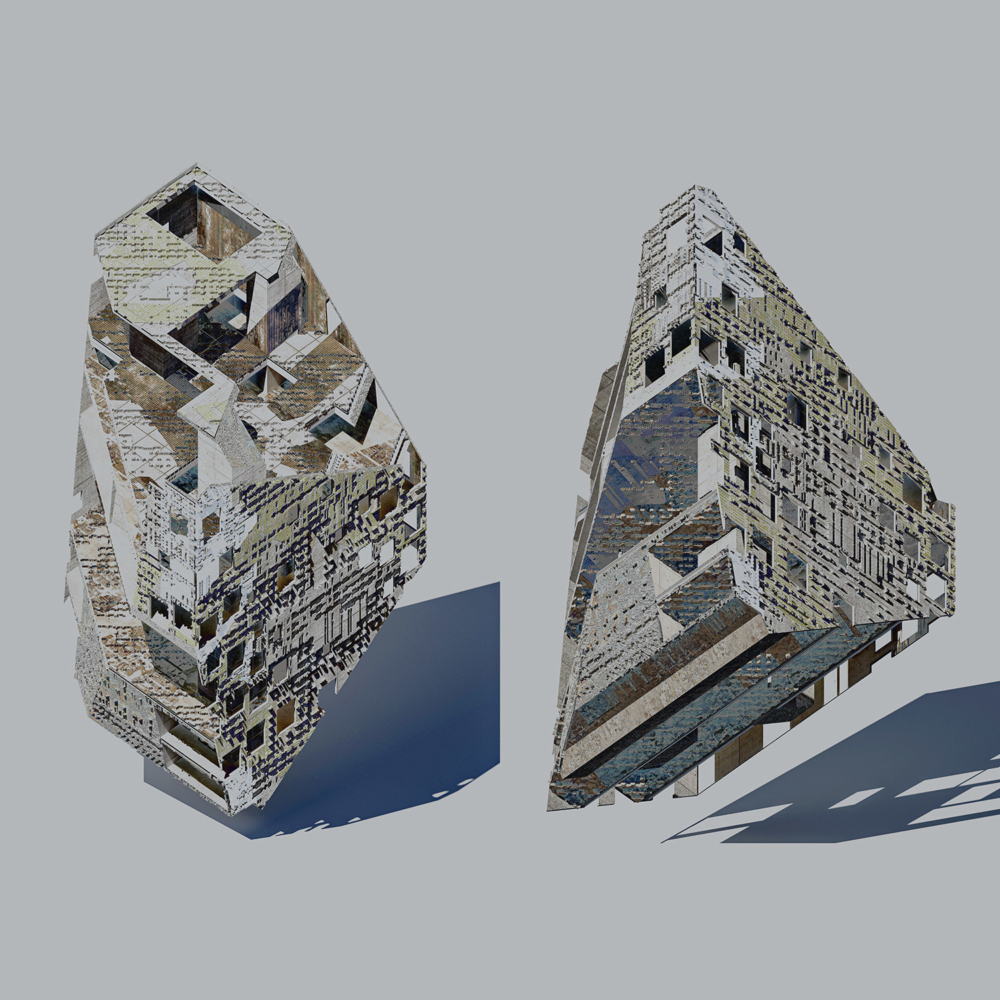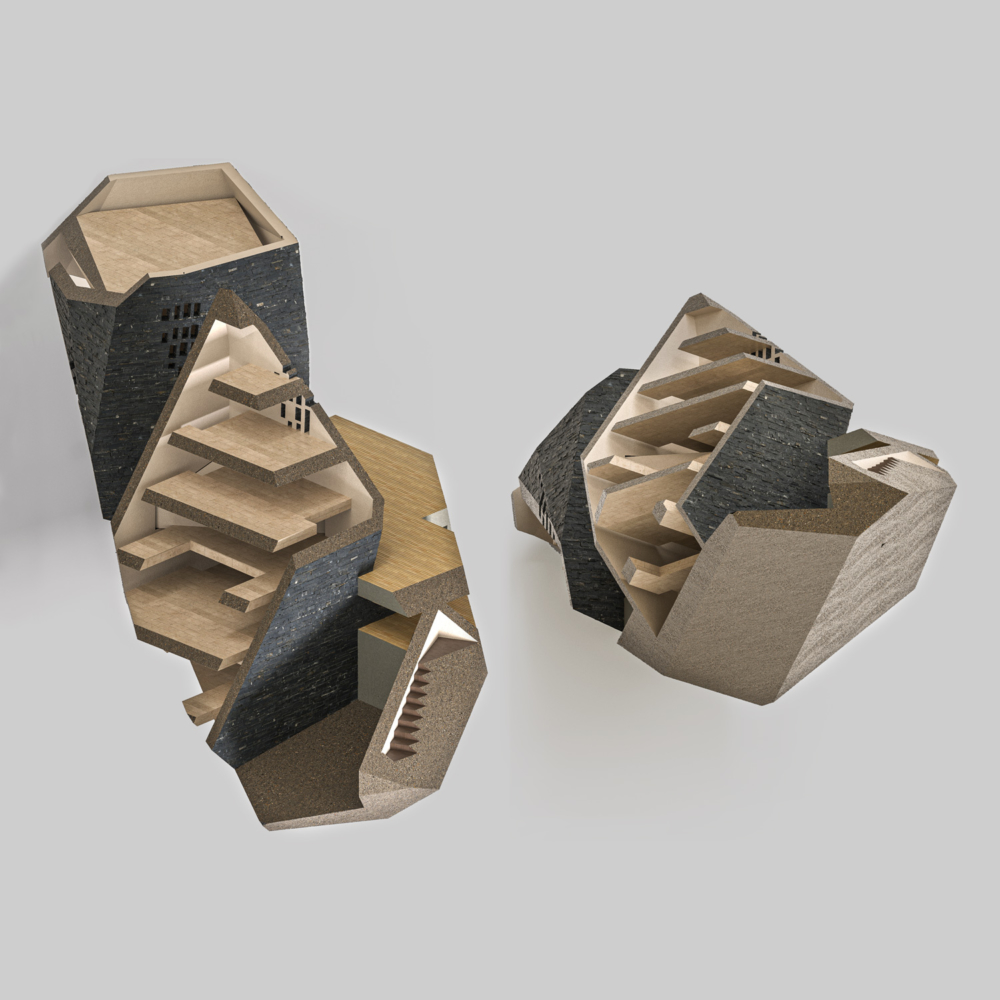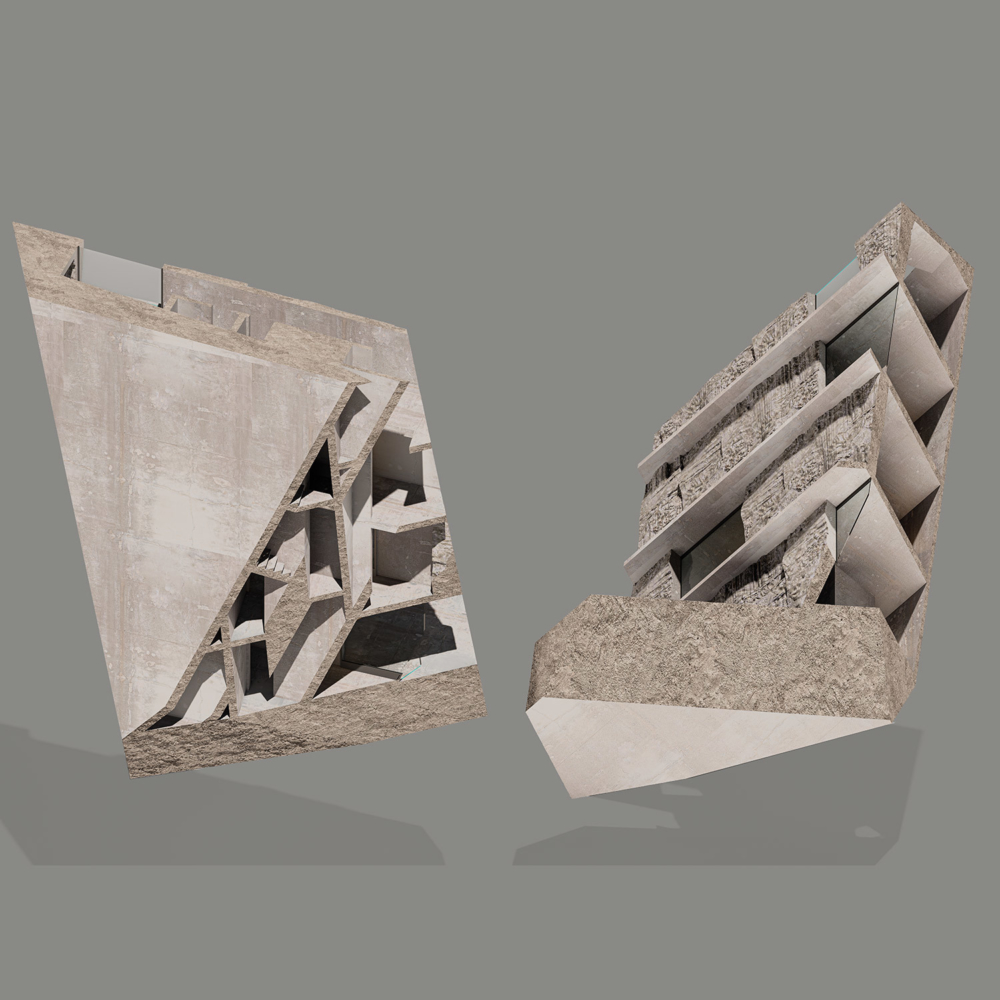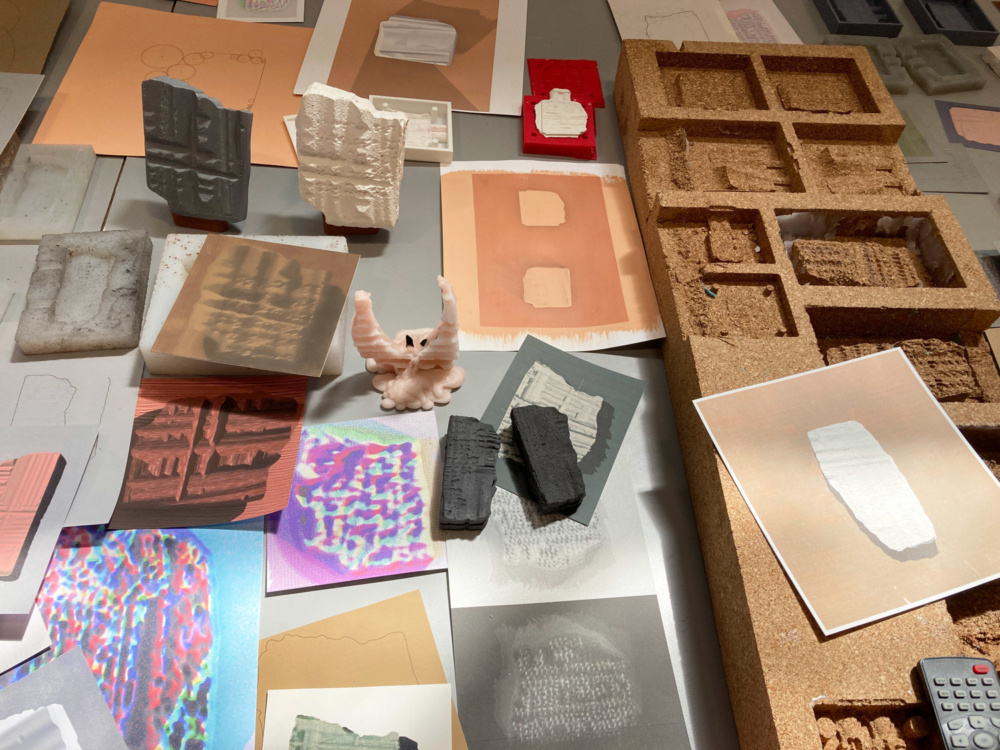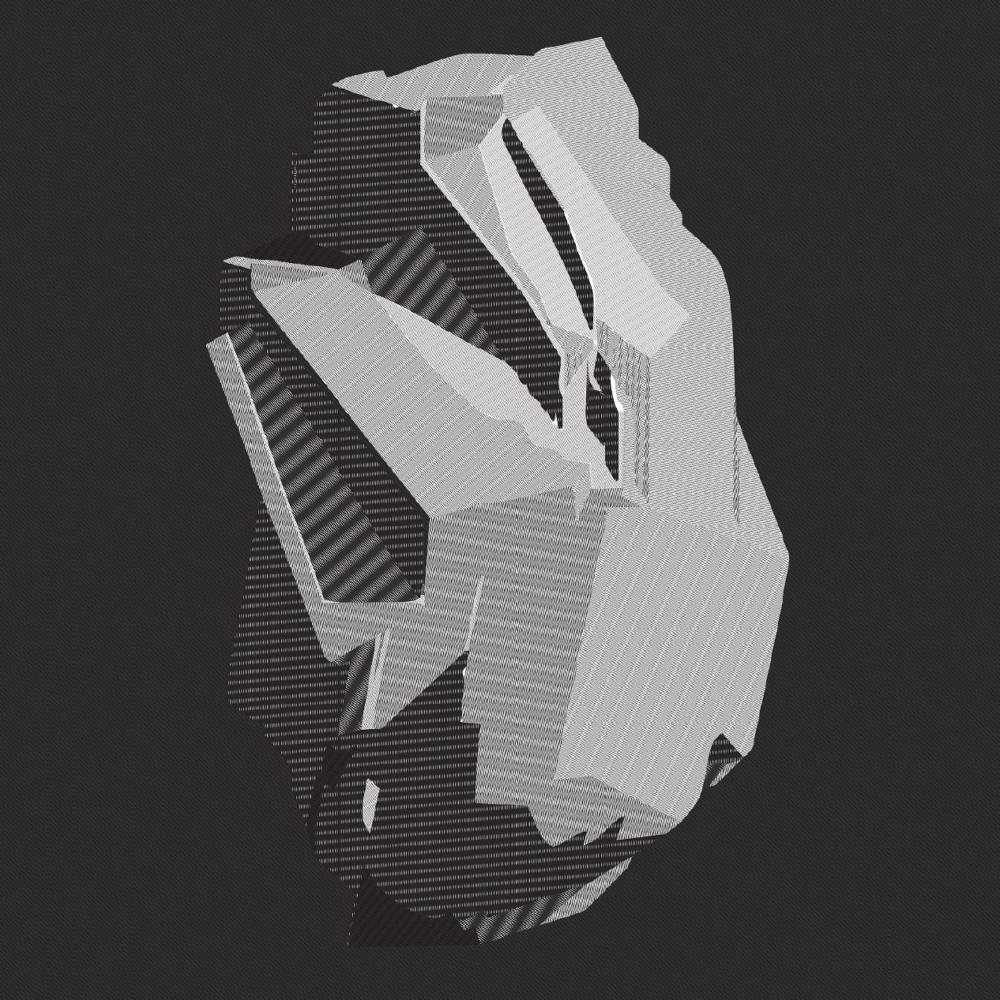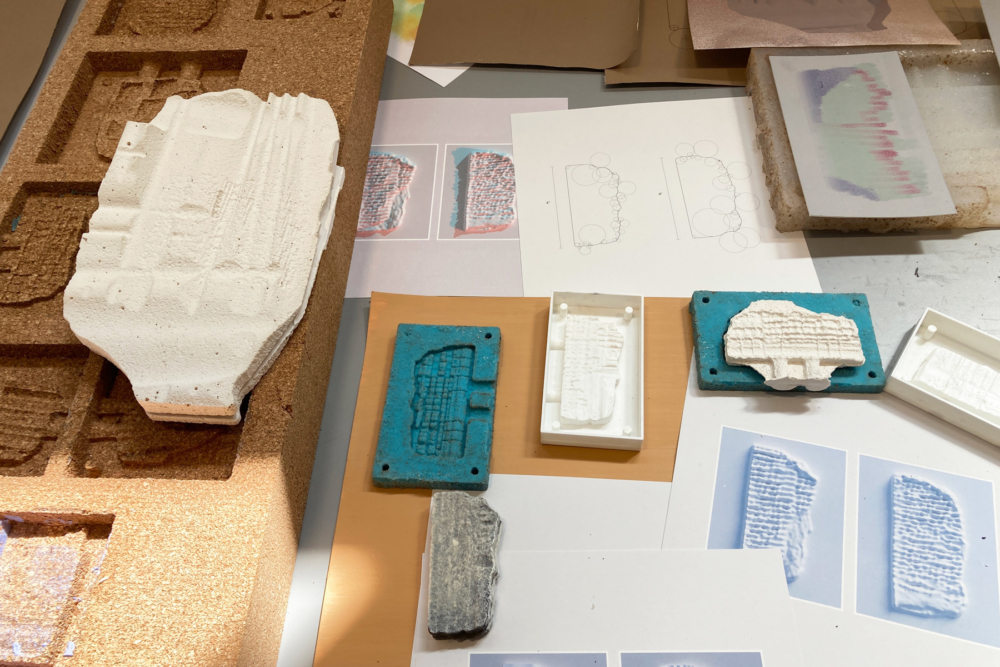Visual Studies at SCI-Arc introduces students to an expanded view of architectural possibilities and promotes the importance of representation in the production of new architectural worlds.
Visual Studies
Heading title
Heading titleA Defining Feature of SCI-Arc’s Pedagogy
Through Visual Studies courses, students gain both professional competency and a means for creative speculation. By exposing students to the dual capacity of architectural techniques to represent and generate ideas, the Visual Studies curriculum integrates students into an evolving tradition of design production.
The famously elaborate drawings, models, renderings, and animations produced by SCI-Arc students and faculty reflect not only the ability to technically document and visually communicate a building’s design, but also a deep and long-standing interest in employing these tools as generative creative media.
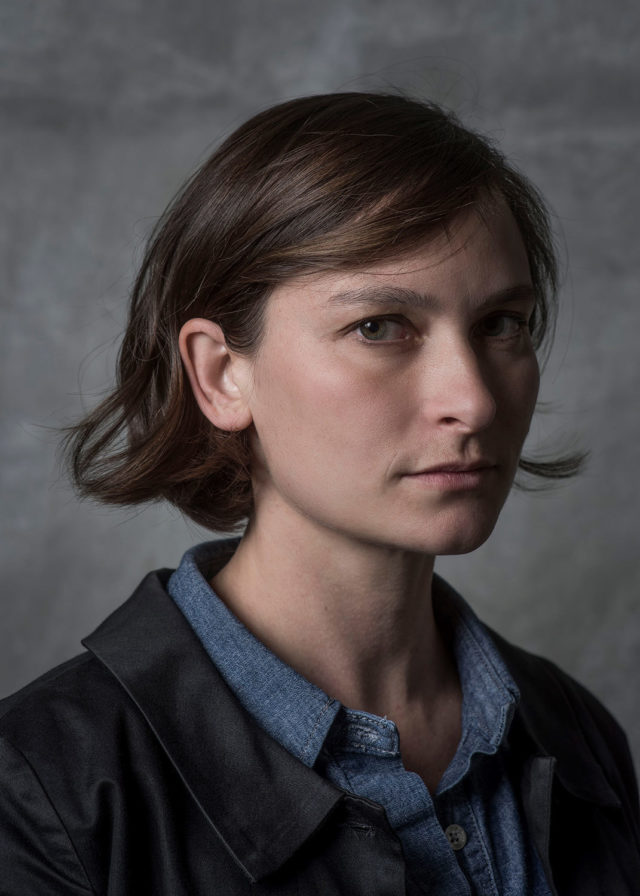
"Visual Studies courses at SCI-Arc empower students to design the future, represent the present, and analyze the past. VS faculty develop pedagogies around digital, material, virtual, and conceptual techniques to build cities and worlds, document buildings and communities, and to diagram historical research. This is the broad intention behind representation – to give presence to those environments, buildings, communities, and data that are yet to be seen, remain unseen, or nearly forgotten. Visual studies is about the communication of ideas."
- Anna Neimark, Visual Studies, Coordinator
Heading titleRefining Technical Expertise and Visual Acuity
The Visual Studies curriculum emphasizes the notion that the practice of architecture relies on systems of representation to conceive, develop, and communicate architectural ideas.
In early Visual Studies courses, emphasis is placed on the development of contemporary technical expertise and visual acuity. Through in-depth instruction in the use of advanced software and tools ranging from generative diagramming to project delivery documents, students acquire the skills to design complex three-dimensional geometric constructs and apply them to formal building projects.
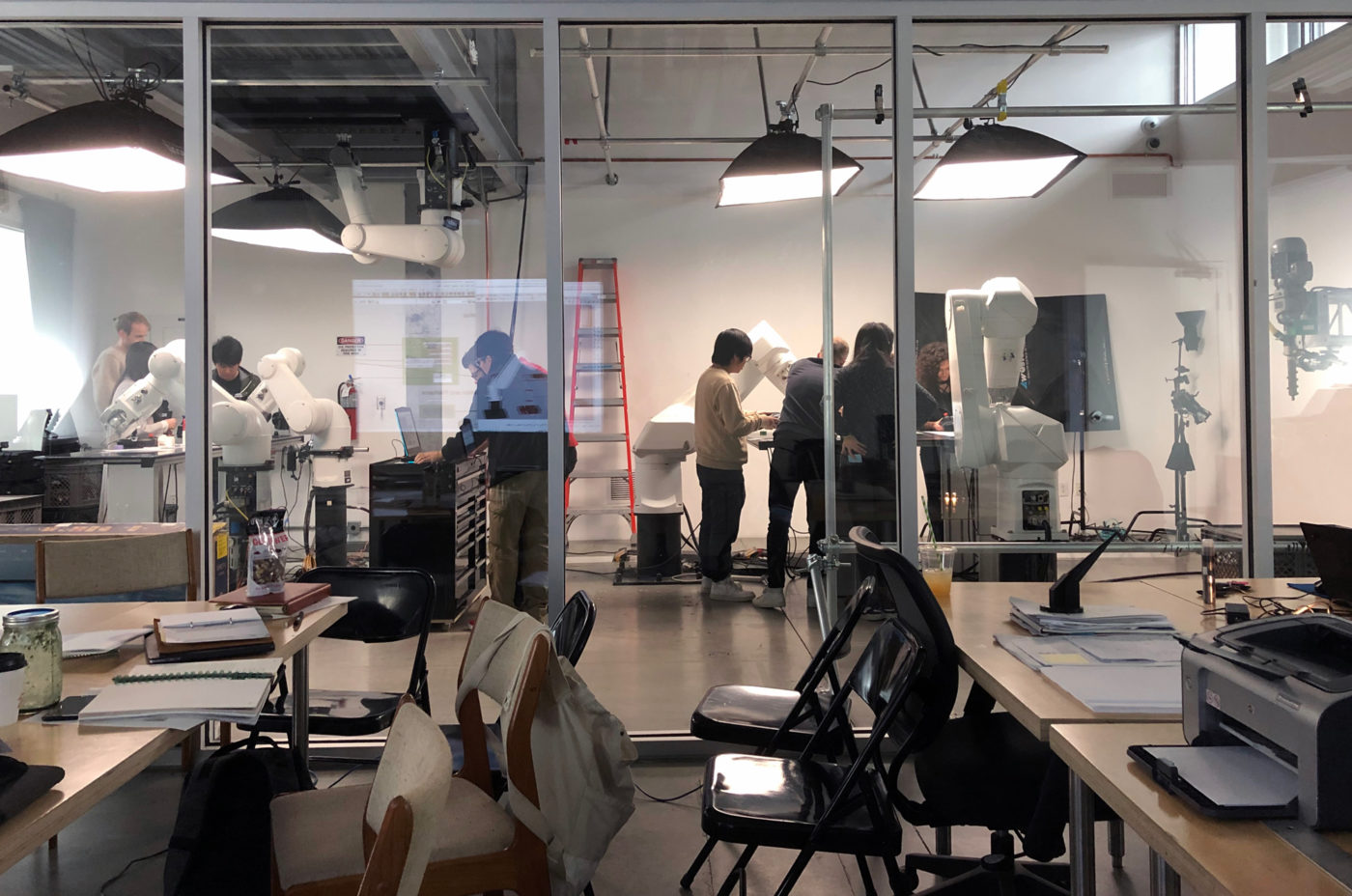
Students working in Robot Lab for SCI-Arc Visual Studies IV course DRAW THE LINE taught by Devyn Weiser and Curime Batliner.
Heading titleA Means for Creative Speculation
Visual Studies courses take a central role in exposing students to the techniques required for the interpretation and production of visual culture.
In addition to setting the foundation for understanding the implications of working within the framework of architectural representation strategies, students will become familiar with established and emergent systems and fabrication processes.
Using the latest visualization technology, from machine vision to augmented reality, students explore ways to produce speculative aesthetics for art and architecture that bring together analog and digital worlds.
Heading titleSkills-Based Communication
Students may choose to continue growing skills learned in Visual Studies with advanced electives led by architects and other creative professionals focusing on topics such as graphic design, interactive navigation, animation, documentary filmmaking, photography, and industrial and production design. Recent elective courses have included time-based visualization in the Robot House, scripting in Grasshopper and Processing, 3D animation in Maya, virtual reality in Tilt Brush, and augmented reality in Vuforia.

Andrew Zago's Visual Studies Seminar "The X" asked students to place architecture in a promiscuous relationship to art, and create large scale installations.
